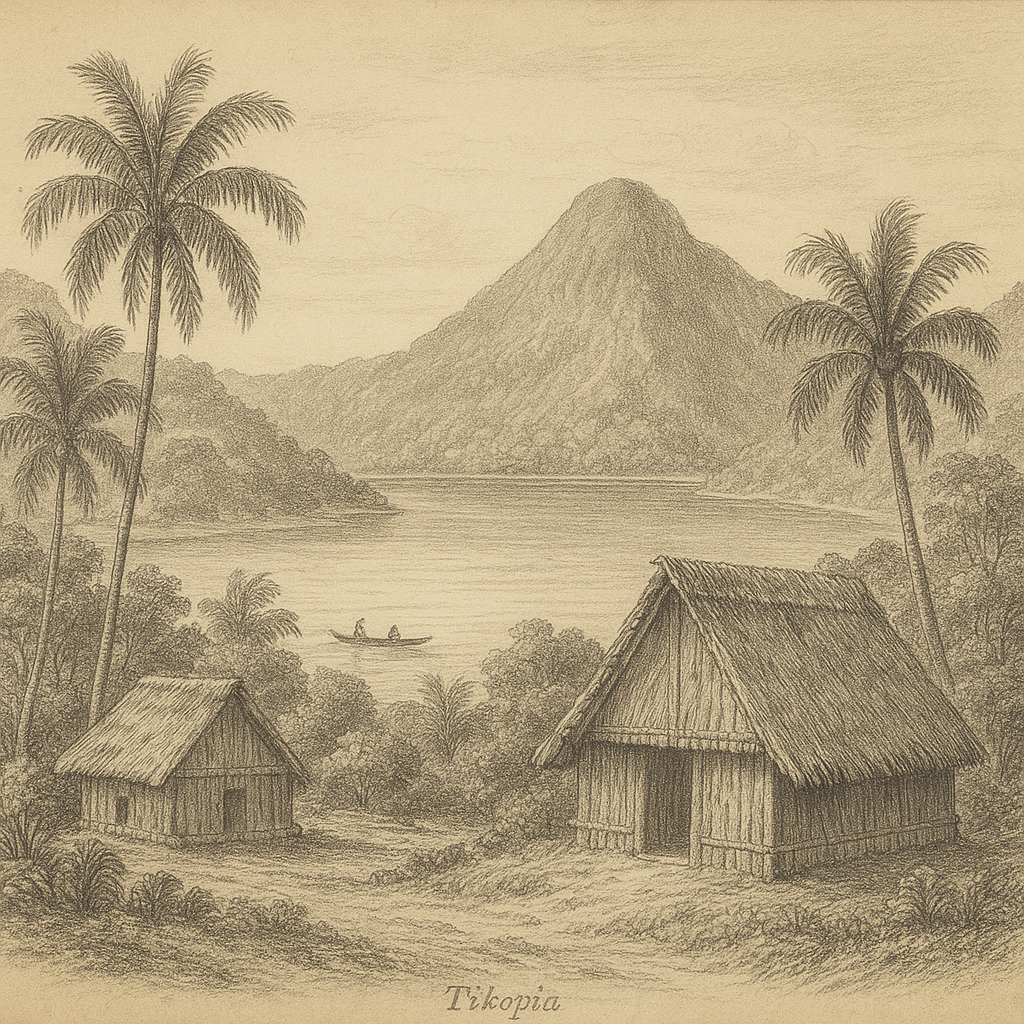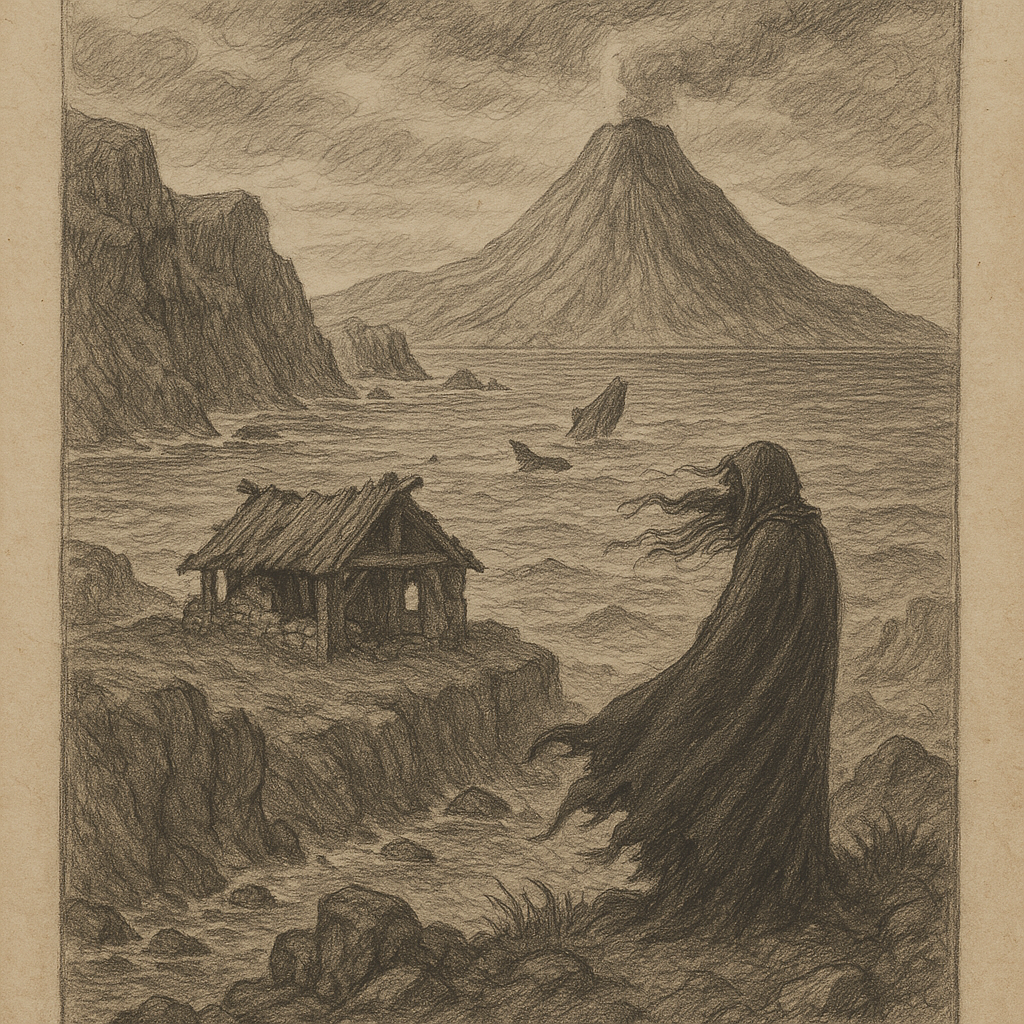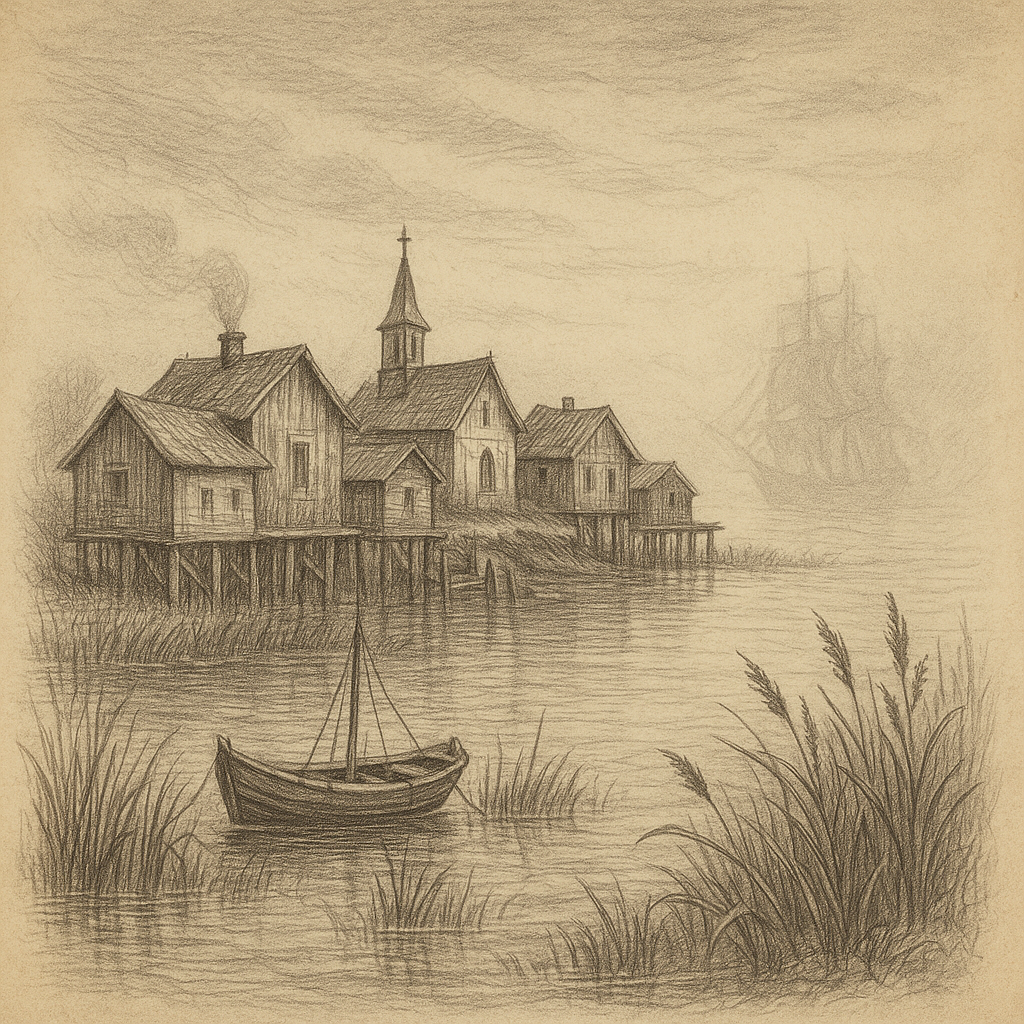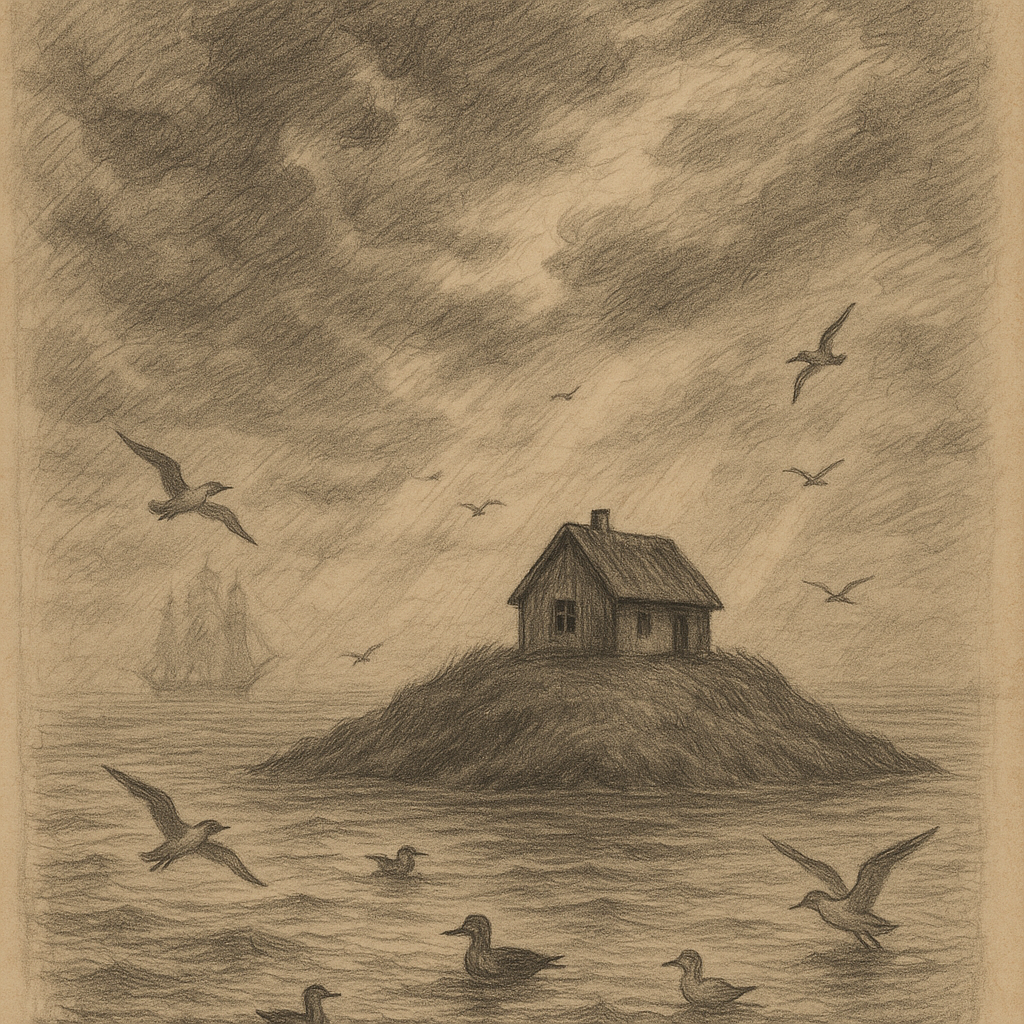Tikopia: A Remote Jewel of the South Pacific
Tikopia is a small, isolated island in the Solomon Islands archipelago, located in the South Pacific Ocean. Despite its modest size, Tikopia stands out as a rare example of sustainable living and cultural heritage preserved through centuries of relative isolation. Here are some key insights into this captivating island.
Geography and Location
Tikopia is part of the Temotu Province of the Solomon Islands and lies in the southeasternmost part of the country, approximately 1,200 kilometers from the capital Honiara. The island is volcanic in origin and covers an area of only about 5 square kilometers. Its terrain is rugged and features a central freshwater crater lake called Lake Te Roto, surrounded by steep, green hills and narrow coastal plains.
The island is the exposed peak of a large undersea volcano rising from the ocean floor. It is isolated from other land masses, with the nearest neighboring islands being over 100 kilometers away. This geographic seclusion has nurtured a unique ecology and a deeply rooted culture, relatively unaffected by external influences.
Climate and Biodiversity
Tikopia experiences a tropical rainforest climate, with abundant rainfall throughout the year and consistently warm temperatures. The vegetation is lush and includes coconuts, breadfruit, banana trees, and taro, among others. Although the island is small, its isolation has allowed for the preservation of several native plant and animal species.
Marine biodiversity around the island is also impressive. The surrounding coral reefs are rich with tropical fish, mollusks, and other sea life, forming an integral part of the islanders’ diet and culture. Traditional fishing practices are still employed by the locals, with sustainable methods passed down through generations.
Population, Culture, and Language
The population of Tikopia is around 1,200 people, who are predominantly of Polynesian descent, despite being situated within the Melanesian Solomon Islands. This is due to historical migration patterns; it is believed Polynesians settled the island over a thousand years ago.
The Tikopians speak a distinct Polynesian language called Tikopian, which is unrelated to most other Solomon Island languages. Their culture is centered around clan-based societies and chiefly governance. Four chiefly lineages rule the island, each with its own sphere of influence, and decisions are made collectively through council meetings—a practice that has helped maintain social harmony.
A Model of Sustainability
One of the most remarkable aspects of Tikopia is its long-standing commitment to sustainability. Unlike many islands that have suffered environmental degradation due to overpopulation or resource exploitation, Tikopia’s residents have traditionally enforced strict population control through cultural practices, including celibacy, adoption, and in some cases, infanticide in earlier times.
Agriculture and fishing are practiced sustainably. The Tikopians have maintained soil fertility by rotating crops and using compost and other organic methods. Overfishing is avoided through careful management and community oversight. As a result, the island has managed to support its population for centuries without outside resource dependence.
Interesting Facts About Tikopia
Tikopia has resisted the use of Western technology more than many other Pacific islands. Electricity, for example, came to the island only in recent years, and even now, its use is limited. Modern amenities like cars or paved roads are nonexistent. Instead, life on Tikopia continues in much the same way it has for centuries—with a focus on community, nature, and tradition.
Another interesting fact is that Tikopia survived the devastating Cyclone Zoe in December 2002. Despite being directly in the path of this Category 5 cyclone, and the complete destruction of housing and crops, all inhabitants survived, largely due to their traditional cyclone preparedness and shelters.
Tikopia also famously rejected Christianity for many decades after missionaries reached the Solomon Islands. When it was finally accepted in the 1950s, it was on the condition that it align with Tikopian customs and hierarchy. Even today, religion is practiced within a unique Tikopian framework that incorporates pre-Christian rites and social structures.
Legends and Oral Traditions
As with many Polynesian cultures, oral tradition plays a significant role in Tikopian society. The island is rich with legends that connect its people to their ancestors and the land.
One prominent legend tells of the four founding ancestors of Tikopia, whose canoe voyages brought them across vast stretches of ocean to settle the island. Each of these ancestors is said to have established one of the four chiefdoms that govern Tikopia today. Their spirits are believed to still inhabit the land, and reverence for them is shown through rituals, songs, and dances that continue to be passed down through generations.
Another tale details how the island was created by the gods as a reward to a righteous voyager who had shown humility and wisdom. This mythical origin story underpins the Tikopians’ deep respect for nature and their emphasis on communal living and balance.
Storytelling remains central to education and cultural identity, with elders playing a key role in preserving the oral history of the island.
Challenges and Preservation
Despite its strong cultural resilience, Tikopia faces modern challenges. Climate change threatens the island with rising sea levels and the possibility of more intense cyclones. Limited access to medical services and education also present ongoing concerns, especially as younger generations seek opportunities beyond the island.
Nevertheless, there is a growing movement among Tikopians and researchers to preserve the island’s culture and traditions. Efforts are being made to document the Tikopian language and oral histories, and environmental sustainability programs are being promoted in cooperation with international conservation organizations.
Conclusion
Tikopia is a rare and inspiring example of an island community that has thrived through centuries of isolation by living in harmony with its environment and maintaining a strong cultural identity. With its breathtaking landscapes, deep-rooted traditions, and inspiring resilience, Tikopia stands as a living model of sustainable human ecology and cultural preservation in the modern world.



